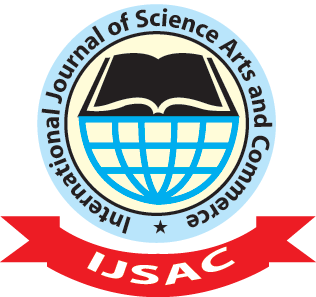Abstract
Lands are among the most productive ecosystems across the globe. Although most families in the Sub Saharan Africa rely on wetlands for their livelihood, these ecosystems have been undergoing unknown transformations that threaten their sustainability. In Yala Wetlands of Western Kenya, about 2, 88 hectares of the original ecosystem have been lost especially to human activities. This paper analyses the effects of spatiotemporal characteristics of population on Land Cover and Land Use (LCLU) changes in Yala wetlands of Western Kenya. Geographic Information systems (GIS) and Remote Sensing were employed to achieve this objective, LANDSAT ETM for 1990, 2000, 2010 and 2014 satellite images were used. Image analysis was done in Arc GIS 10.1 and ERDAS 9.3 software packages. Analysis revealed that size of the wetland had reduced by 33 % over the 25 year period, and agricultural land had increased by over 65%. There was also an increase in population at 65% between 1989 and 2009. Inferential statistics revealed that there are significant spatial and temporal changes in land cover types due to land use changes, and that spatiotemporal characteristics of population growth in the study area have significant effect on land use land cover changes in the Yala wetland. It is concluded that human interference has led to degradation and overexploitation of Yala wetland. The study recommends that Sustainable measures such as development of the tourism and papyrus industry, aquaculture practice and better policy implementation should be undertaken to ensure its resources are used sustainably and promote coexistence with the growing human population.
Key words: Land Cover and Land Use Changes; Spatiotemporal characteristics; Yala wetland; Human activities; GIS and Remote Sensing.
